- 58 Posts
- 288 Comments

 3·3 days ago
3·3 days agoComplimenti ai politici che ci hanno governato negli ultimi 20 anni, che nel proteggere categorie e corporazioni e interessi particolari, hanno impedito qualunque sviluppo decente, hanno mantenuto le diseguaglianze quando non le hanno peggiorate, e hanno peggiorato tutti i servizi pubblici, nessuno escluso.
Ce li siamo veramente meritati?

 2·4 days ago
2·4 days agoCome dice Cory Doctorow: ingvece che migliorare la ricerca inseriscono una roba che produrrà “merda di bot”, basatasu sltra merda di bot 😁
La gente sta male 🤣 Hai tutta la mia solidarietà.
Si tratta di “invisibilità dell’automobile” o “guerra tra poveri”: la maggior parte delle persone non si accorge che il sopruso è quello dello spazio quasi totalmente dedicato alle automobili, e si incazza quando quel poco che rimane viene “minacciato”.
In più sui media si legge solo di biciclette e monopattini che “sfrecciano” sui marciapiedi, dimenticandosi i 10 morti al giorno realmente provocati dalle auto…
Tieni duro!

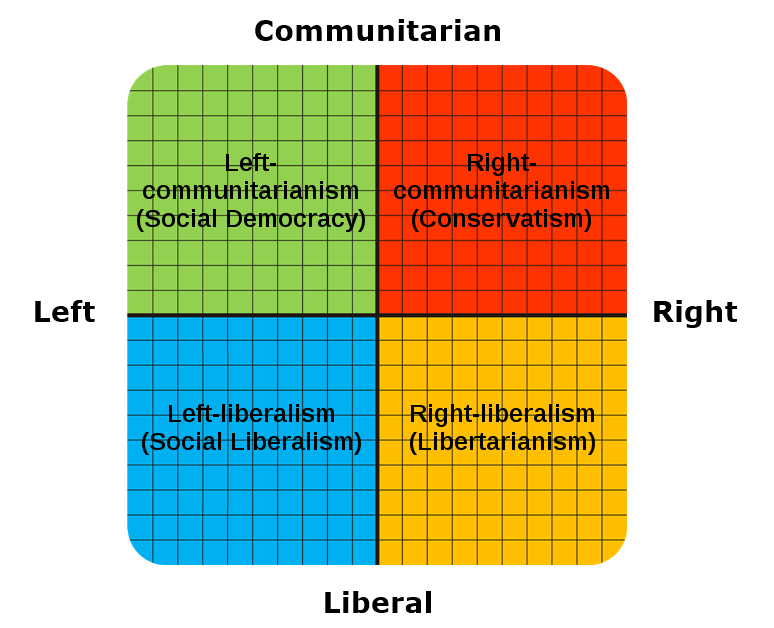 1·5 days ago
1·5 days agoDunque, nel suo intervento all’evento organizzato da La Verità, Meloni ha citato l’unica statistica sulle presenze al TG1 che la vede all’ultimo posto, omettendo le altre.
A fare la vittima invece è sempre la prima

 3·6 days ago
3·6 days agoLeggo questi articoli e mi incazxo srmore di più.
“volontà di rendere un luogo inabitabile”, indicata appunto fra i crimini di guerra
In una singola operazione sono stati distrutti 34 condomini residenziali da 7-10 piani, dopo che in un’abitazione erano stati ritrovati dei razzi
Ma questi sono pazzi

 2·8 days ago
2·8 days agoSpero solo che dalke parole passi ai fatti e vada in Ucraina a dare il buon esempio, puazzandosi disarmato davanti ad un carro armato russo.
You are describing me starting my 125 cc 2 strokes motorbike.
Except I had to jump on before disengaging the clutch because otherwise the rear wheel lacked traction and would stop and slide
 23·12 days ago
23·12 days agoSuper cool, bu are they faster/more efficent than a good pair of diving fins?

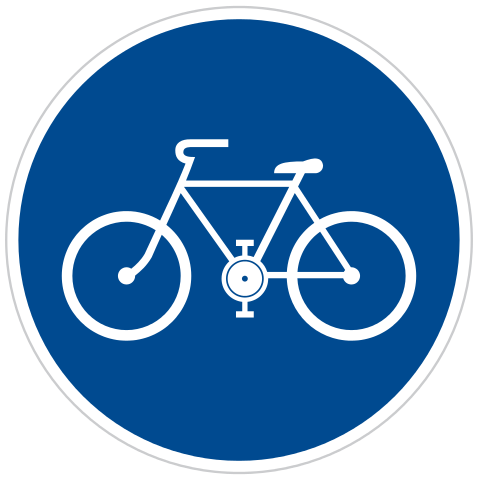 3·19 days ago
3·19 days agoThnk yu, I nw crrectd

 2·22 days ago
2·22 days agoUso Gadgetbridge da molti anni, con Amzfit band s, poi con un bip e adesso con un bip s.
È un’app veramente indispensabile per avere una altetnativa non spiona, libera etc. Infatti è uns dei progetti a cui contribuisco con una donazione periodica
Grazie a tutti gli sviluppatori!
What surprises me the most is maintenance cost of thosr urban highways, when compared to every other alternative project!
Nice read thank you!
Lately I find references to LowTech Magazine a the yime. I think it’s agreat project!
I don’t see any difference:
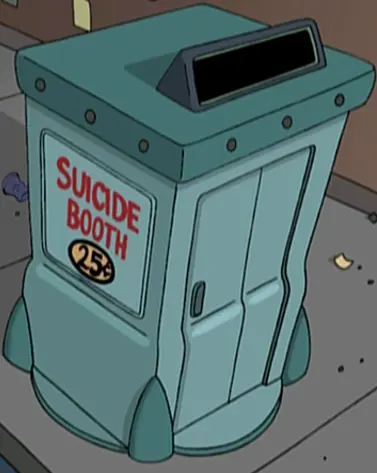
What I would do:
-
downgrade to lasf working version (you probably have to uninstall and tben manuslky srlect the version to re-install)
-
check if this bug was ile reported on the source repository of the app. If not do it yourself
-
wait for new version to come out. Check changelog to see if your issue was corrected, and if so install it. Otherwise wait for following version
In the end if a previous version of the app worked, you can keep it, no reason to upgrade…
-
This will end up in some sci-fi hacker movie, sooner or later!

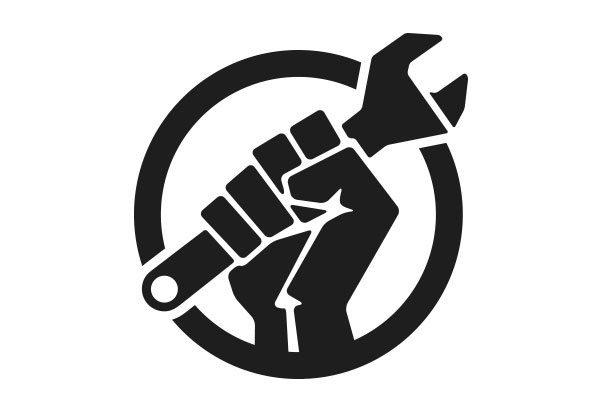 7·1 month ago
7·1 month agoYou know, I was thinking the same thing. It’s always iFixit: Motorola, Nokia, and now Kobo. But I don’t see how a company with a mission like iFixit can turn into bad guy (enshittify?). Am I too optimistic?

 3·1 month ago
3·1 month agoyou get the only thing I openly say it is an opinion (based on my experience anyway) to dismiss all the other points like an opinion where instead I offered some observed facts
What you reported are anecdotal facts. Things you observed. Objective facts and data are what we need to improve. The fact that you see people not using the bike lane is not relevant.
- Have you tried to actually count how many people use the bike path and how many not?
- Do you understand that from someone driving a car, you clearly see a cyclist on the road, while you may dismiss and not even register one on the bike path?
- Is the one you talk about a bike path at all? Or maybe is it a mixed use path (so one that cyclist don’t have to use)?
- When I’m riding a bicycle I will always use a bike path, if it is usable; you know, I want to stay alive. I may choose not to use it when mixed because I think it is more dangerous for me and the pedestrians on it. Or if a bike path surface is broken and I would risk falling.
Did you check these?
Practice:
The 3 points you mention as practice are not practice at all. They are theory, they are laws that are usually not respected.
Obviously if you reduce speed you reduce the possibillity of a fatality. Following this way of thinking, if you reduce the speed to 10 Km/h you reduce even more the crashes and fatalities. Even better, remove the cars, 0 crashes (not sure about 0 fatalities btw).
30 km/h is only the maximum speed allowed. And it is a compromise that wold allow for a huge reduction of crash damage, while not reducing travel time by much. Because the average speed in cities is, let’s remember that, more in the 10-20 km/h range. So, speeding between red lights does not save anyone’s time, just increase the danger.
Don’t make me look up for articles about that (please, do it yourself, there is plenty), but the increase of travel times when maximum allowed speed is decreased from 50 to 30 is very low (much, much lower than 50/30 ratio), and the benefits in terms of danger is so high, that it is totally worth it. So the argument “let’s make it 10 km/h” doesn’t make any sense
we are taking for granted that it is always the car the guilty side
it’s not a question of who is guilty, it is a question of where the danger comes from. And it doesn’t come from pedestrians or cyclicsts (see my previous post), it comes from cars. Stop signs exist because of cars. Traffic light exist because of cars. Car insurance exist because of cars.
So my point, in the end, is that concentrating only on the speed, again in my opinion, we are just looking at the most easily factor to “punish”
No, nobody wants to punish. It is because of facts (not anecdotes). It is because it works in theory and in practice, as I fully documented in my previous post. And I was only taking into consideration the 50 to 30 km/h reduction. It works in all the cases, even highways https://www.ncbi.nlm.nih.gov/pmc/articles/PMC2598360/
- Have you tried to actually count how many people use the bike path and how many not?

 2·1 month ago
2·1 month agoVoglio solo dire che non è mia intenzione rompere le scatole, ma solo essere utile 😅
Comunque continuo ad usare questa app, anche se è in sviluppo è già comoda e bella 🙂

 2·1 month ago
2·1 month agoContinuo con I miei feedback. Ho notato che a volte nella resa grafica degli hyperlink compare un backslash "" che non dovrebbe esserci. (Vedi screenshot)
Ha anche effetto sul link vero e proprio che non funziona
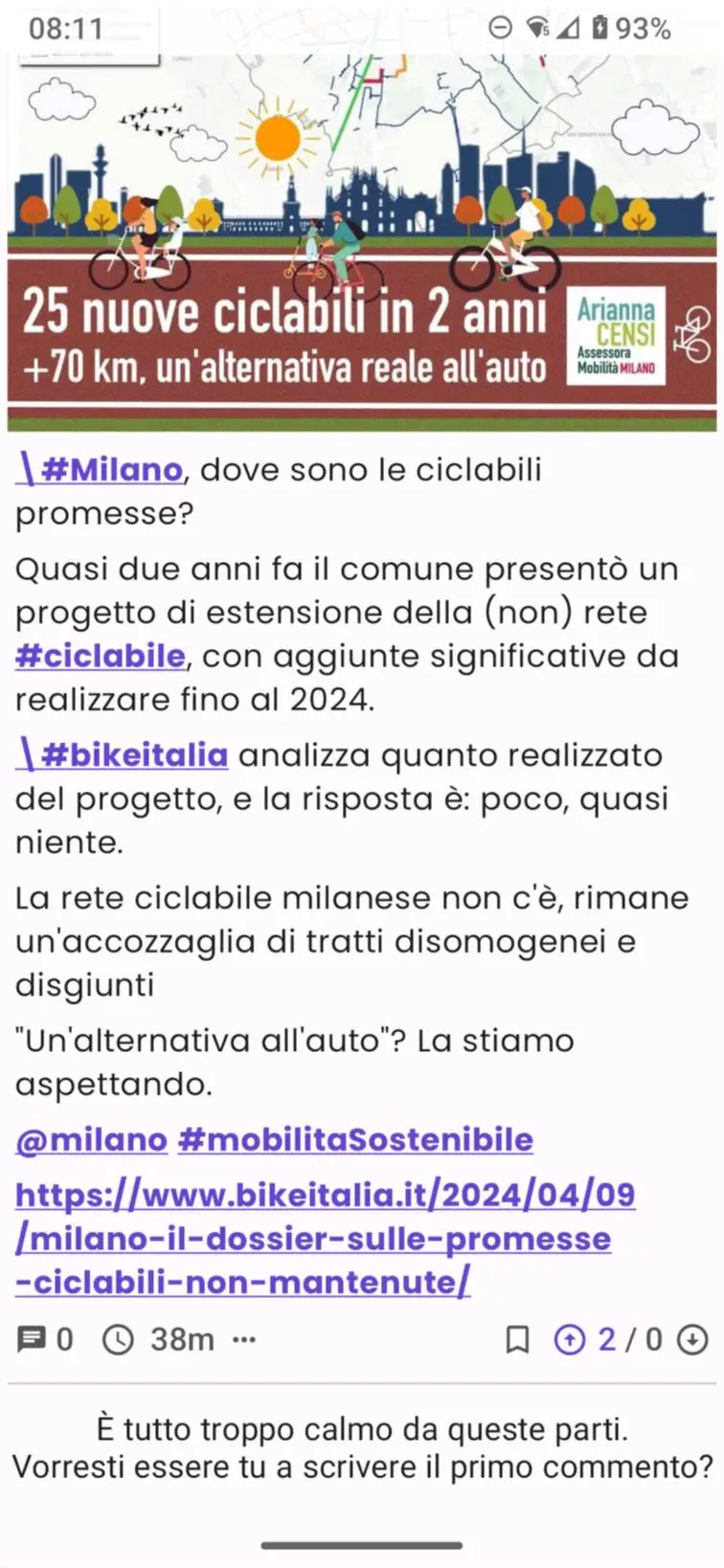





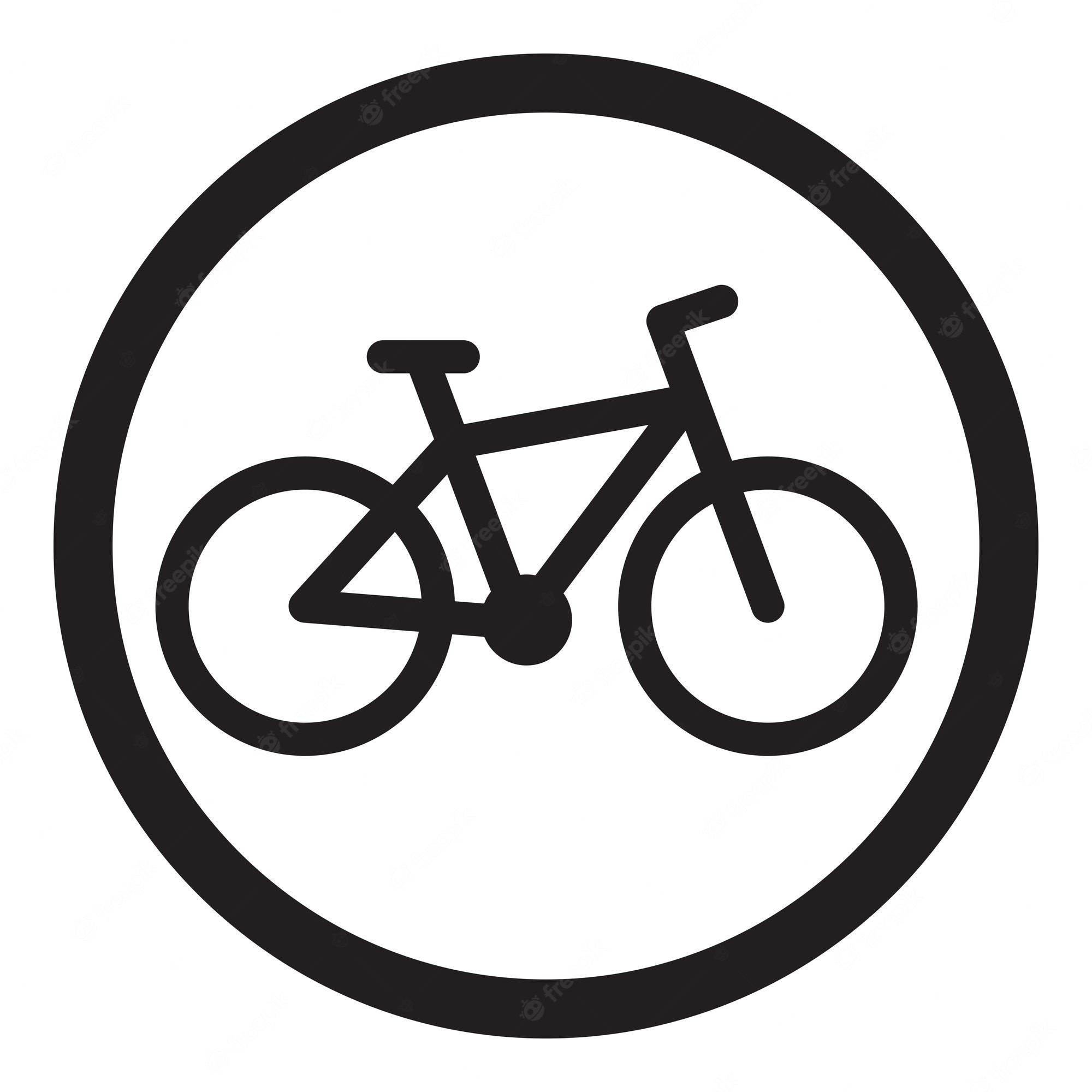


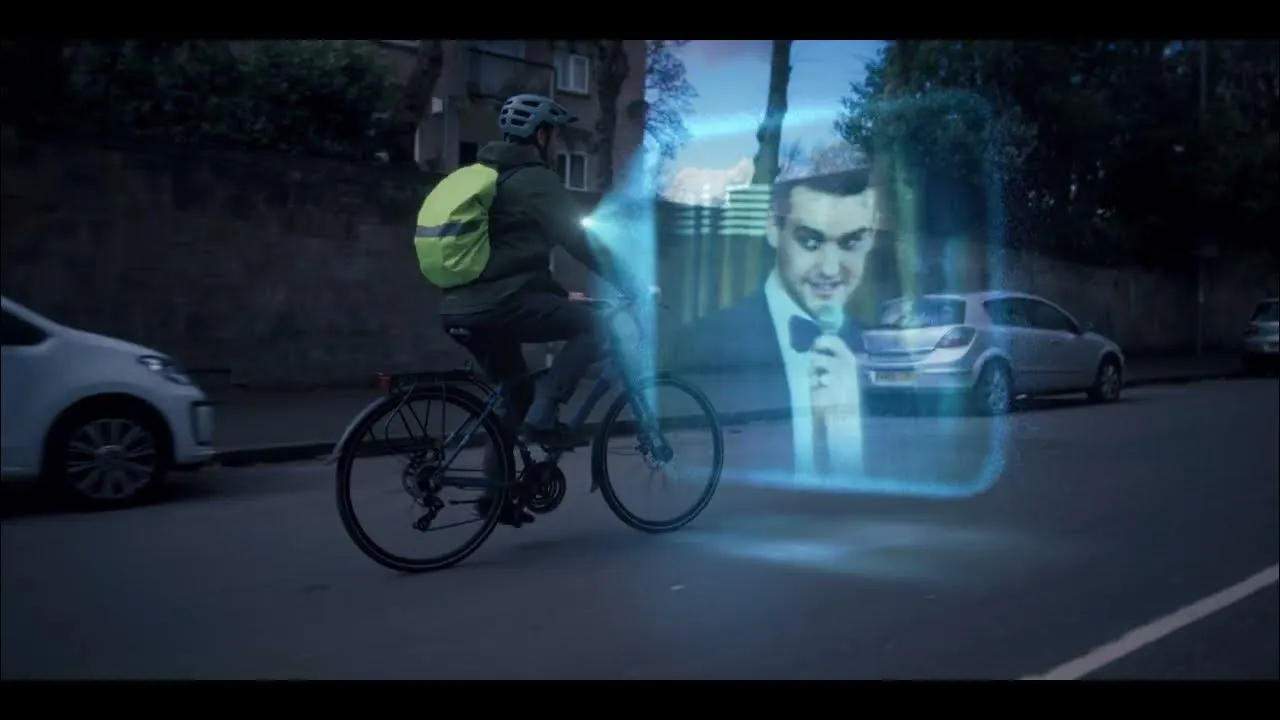

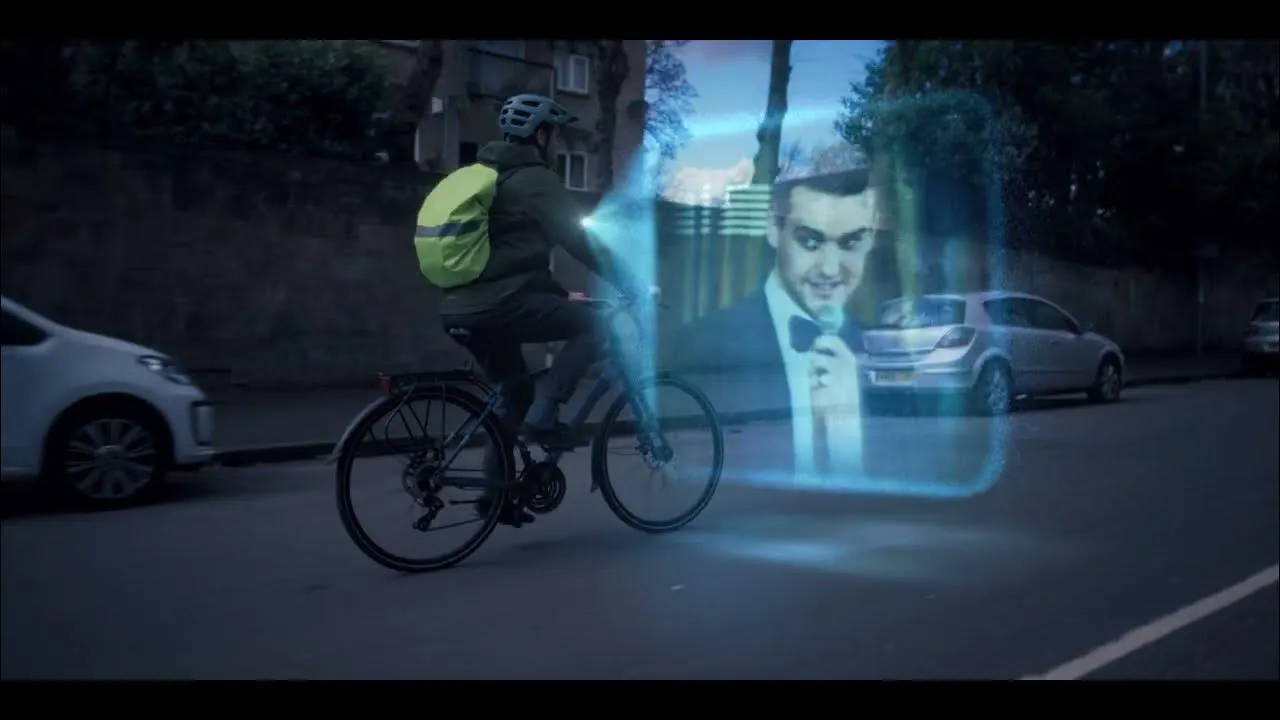





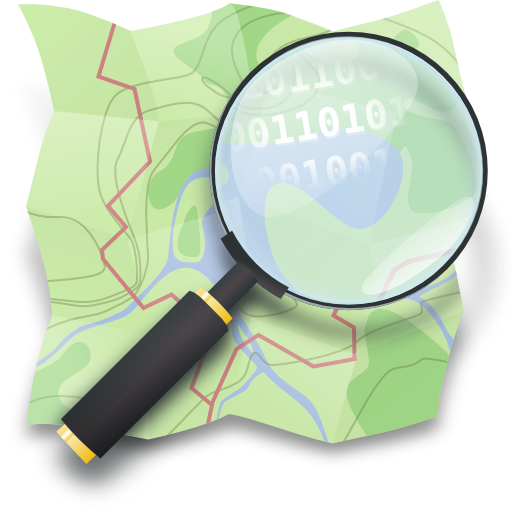

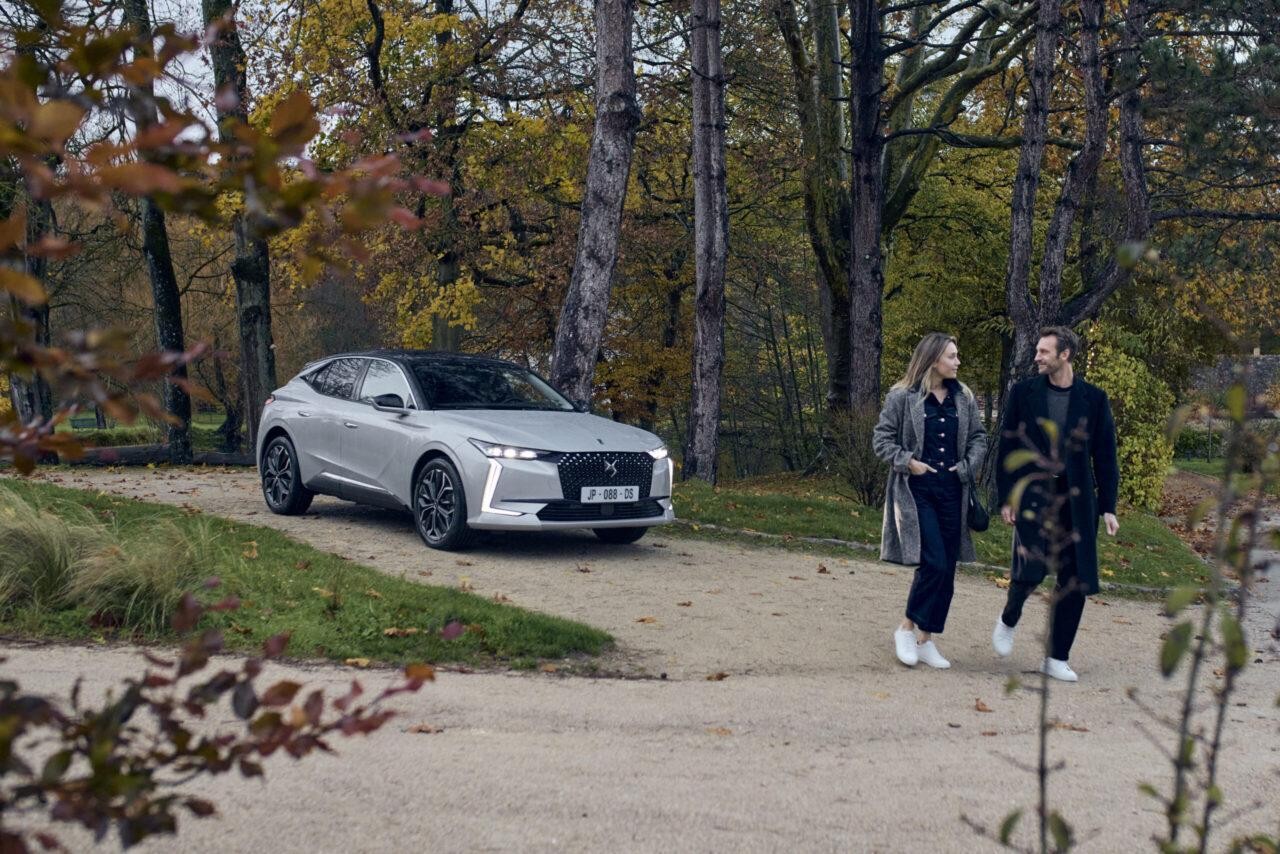

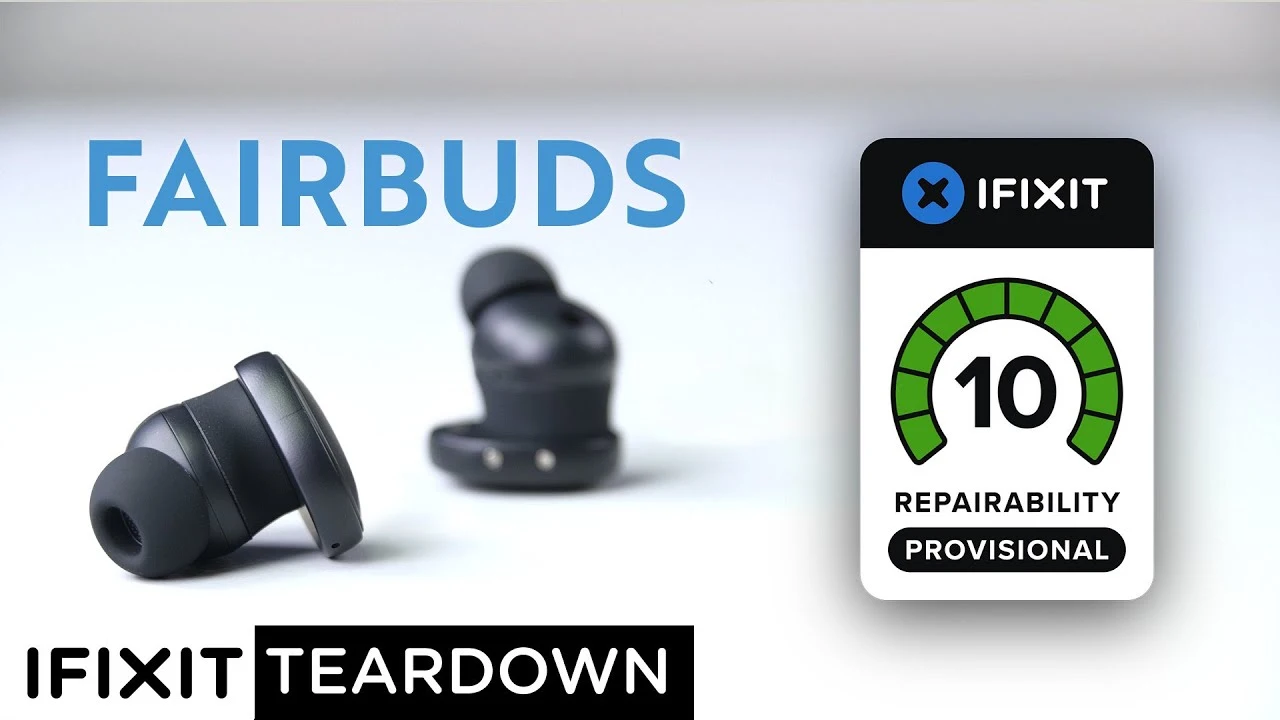
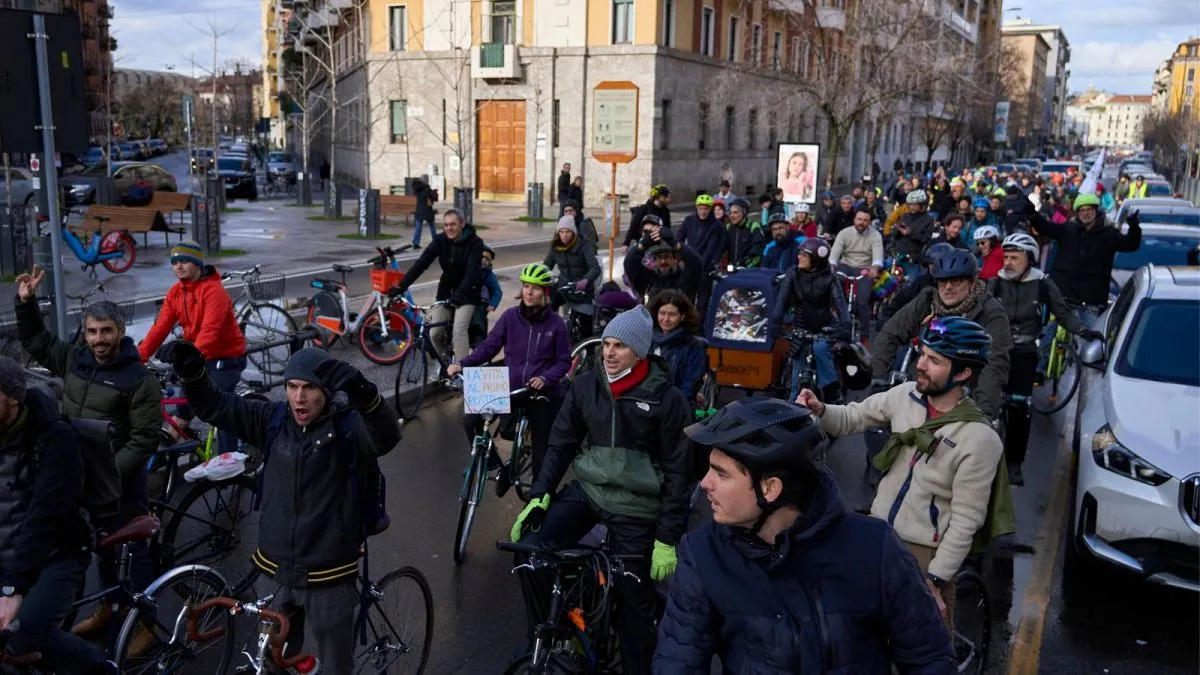
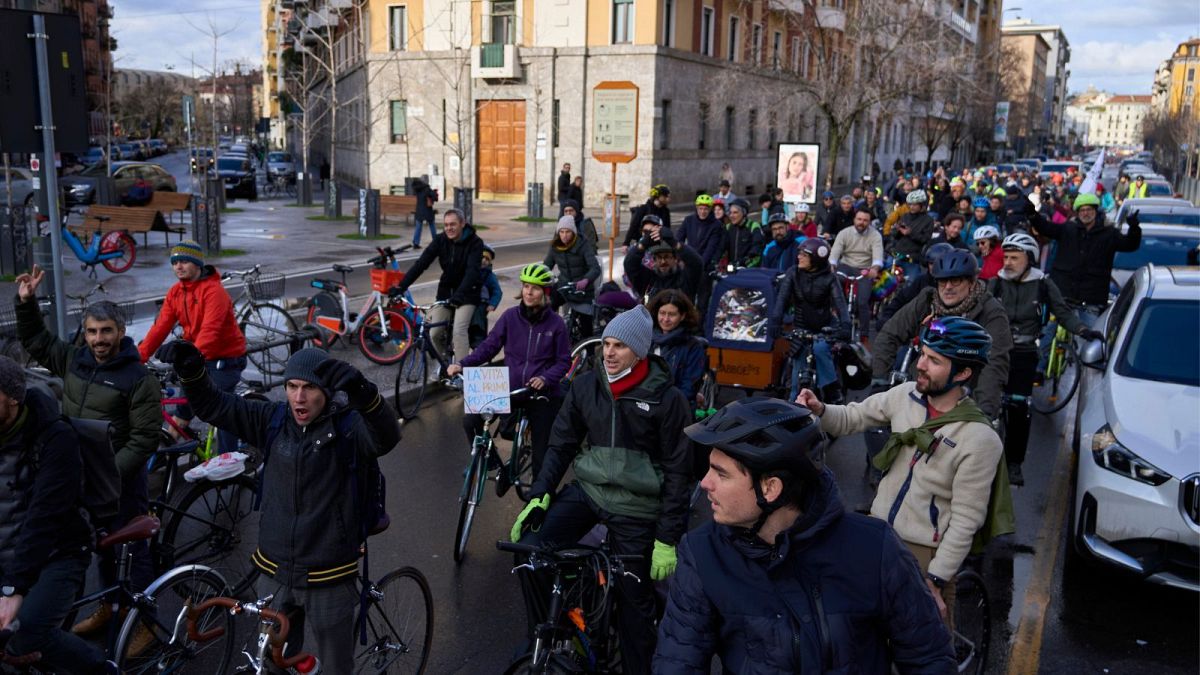
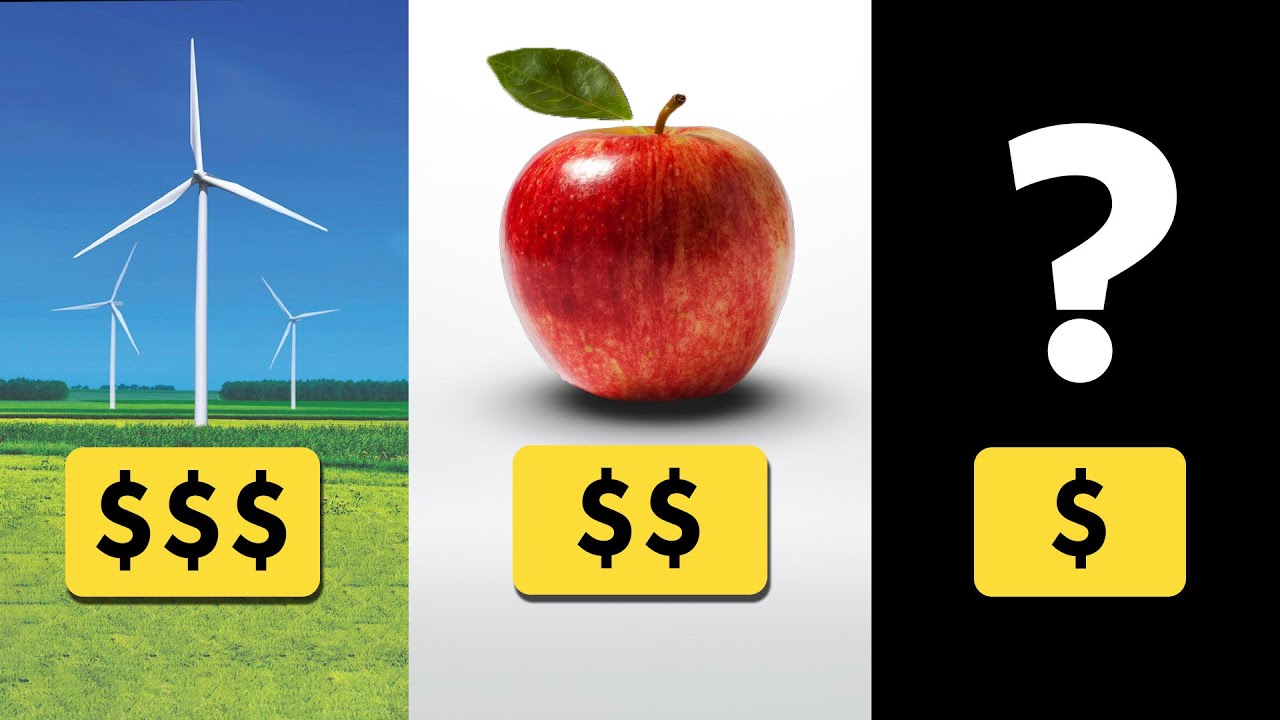
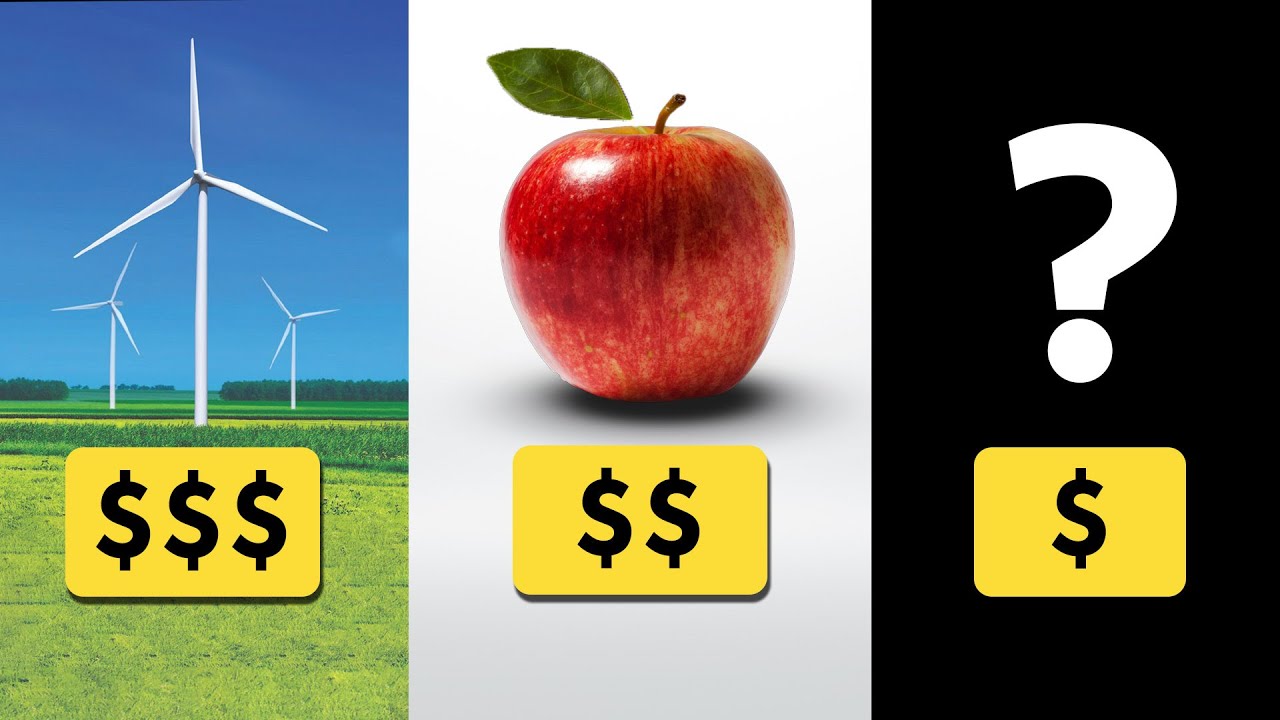





I see some serious issues in this project
Cool project tho